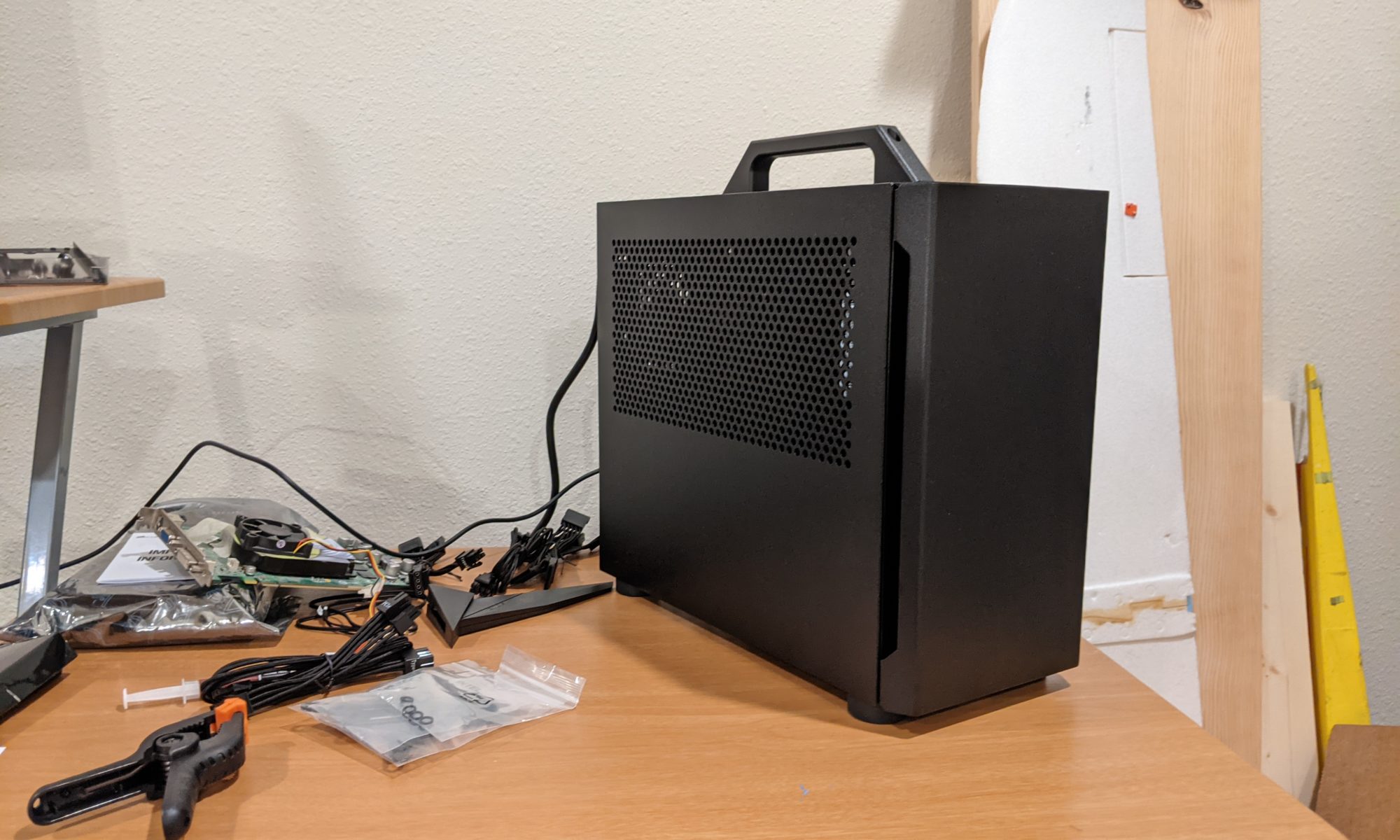Its that time to build a new workstation. My current workstation was built in 2013 and while it has been upgraded with additional RAM, SSD storage, and a newer GPU, is still the same CPU and motherboard (that motherboard which now has a dead audio output and a dead NIC). The CPU is starting to show its age with games and processes using more and more of it, and since GPU prices are insane, I’ll be holding off on that upgrade till later.
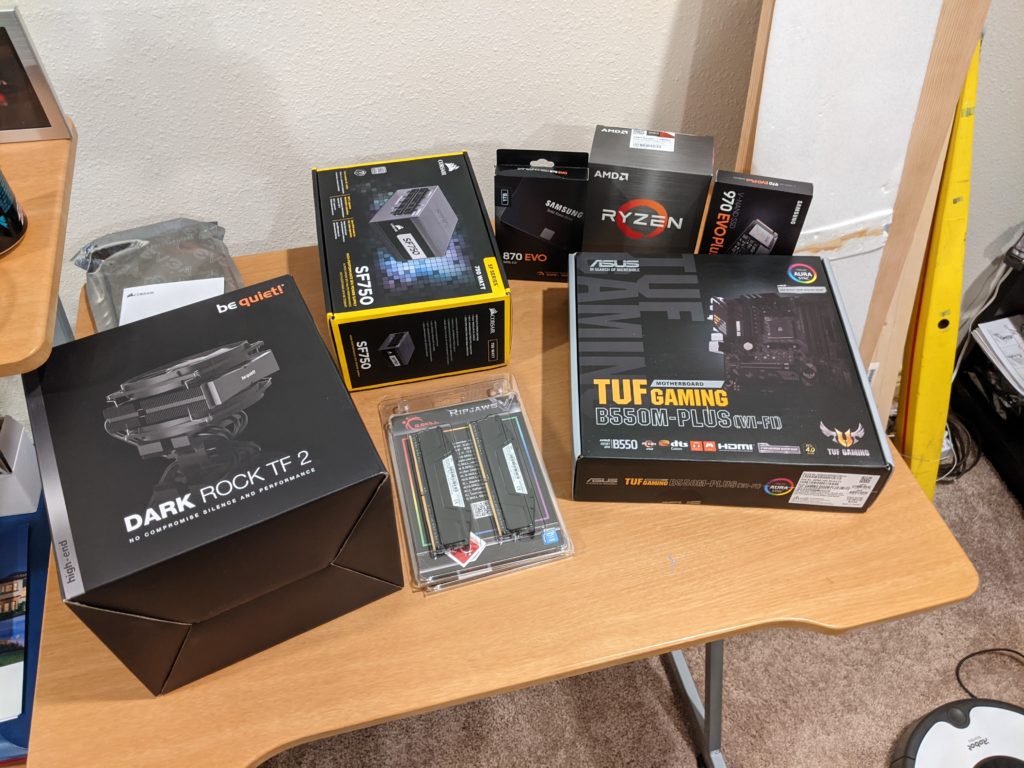
- Ryzen 7 5800X
- PNY GTX 1070
- 32GB GSkill Ripjaws V RAM
- 1TB Samsung 970 EVO Plus NVME SSD
- 2TB Samsung 870 EVO SSD
- Asus Tuf Gaming B550M-Plus
- Dark Rock TF2
- Corsair SF750
- Sliger Cerberus Case

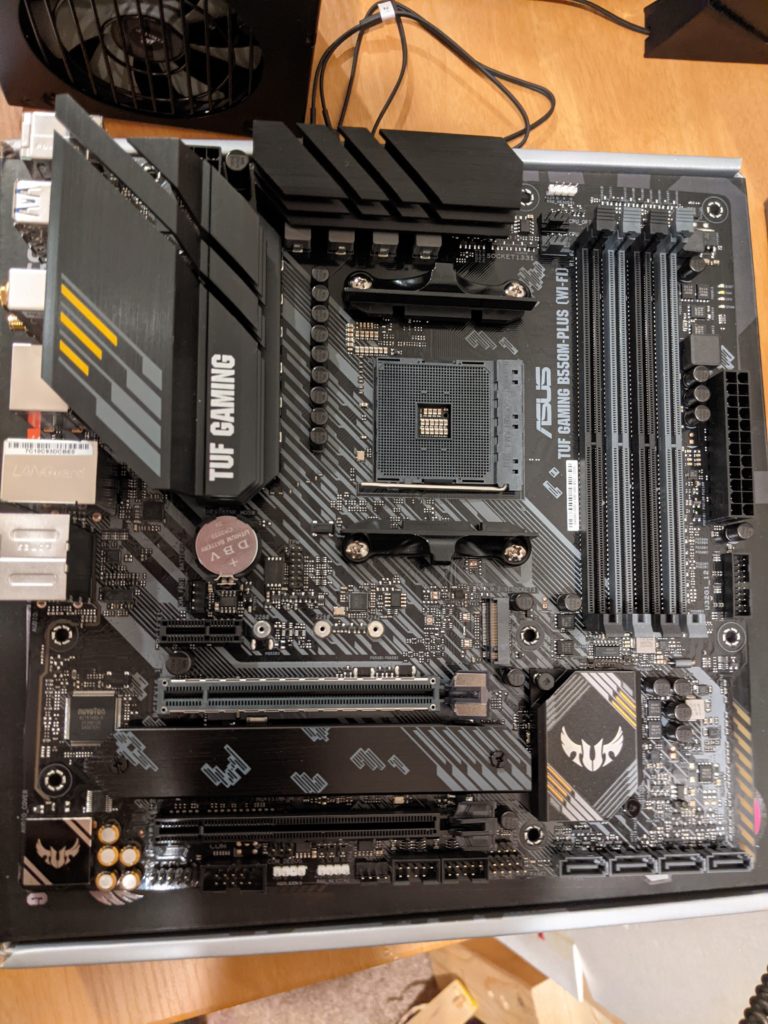
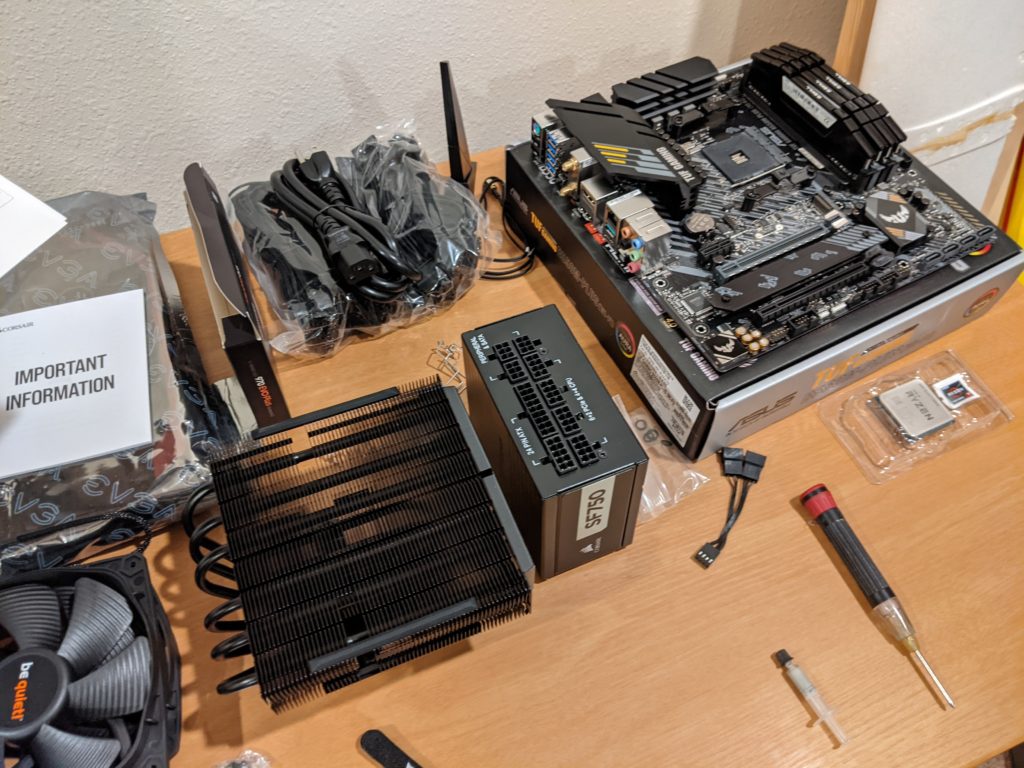
I assembled everything to try and POST it. For this I installed my GTX 6800 (with fan mod) since it doesn’t need a separate power connection from the PSU and I also wouldn’t have to remove my GPU from my current machine per-maturely (the case was arriving much later than the components for the new machine).
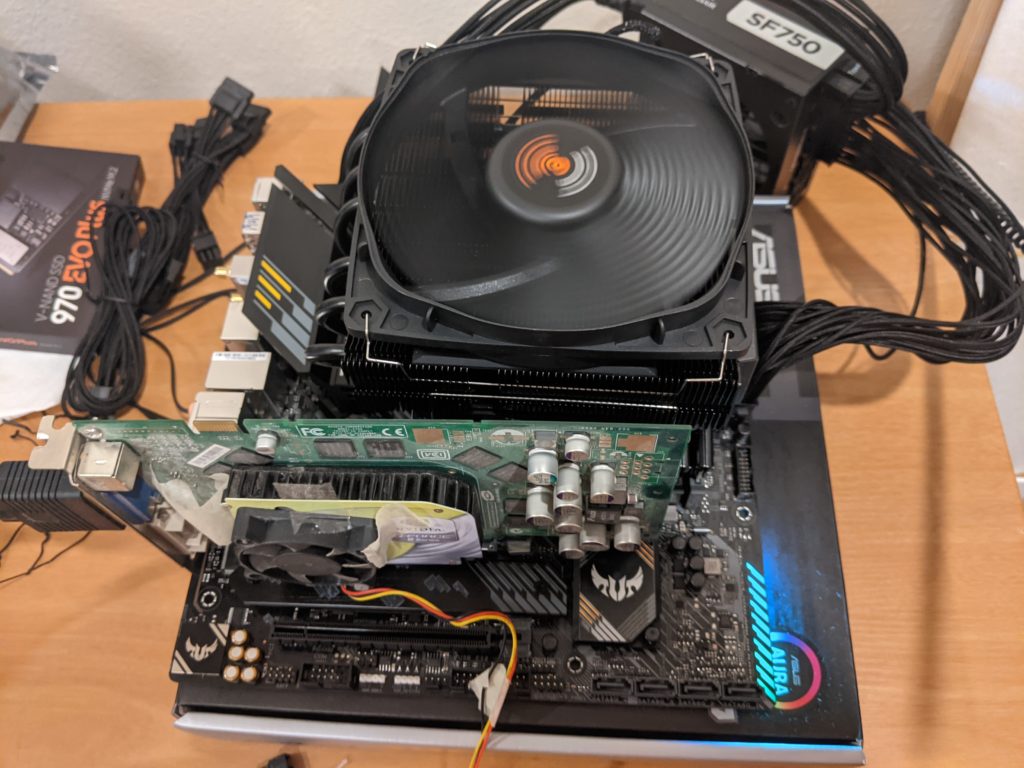
After failing POST, I noticed something was up. The CPU cooler was interfering with the RAM. After some back and forth re-seating the cooler and the RAM, I noticed that the cooler was only interfering with the RAM heat spreader, and wasn’t actually shifting the RAM in its socket. I decided this wasn’t too bad and would try running with it. Also by chance, I had seated the RAM badly and that caused the POST failure, so my re-seating got me past POST and to a running PC.
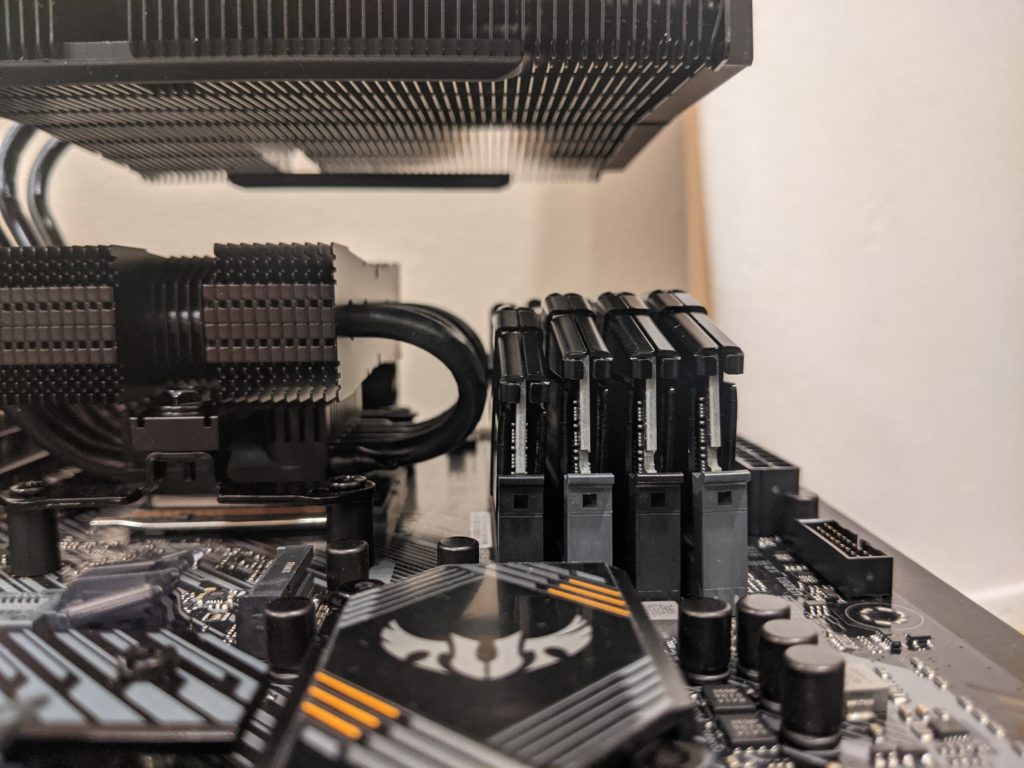
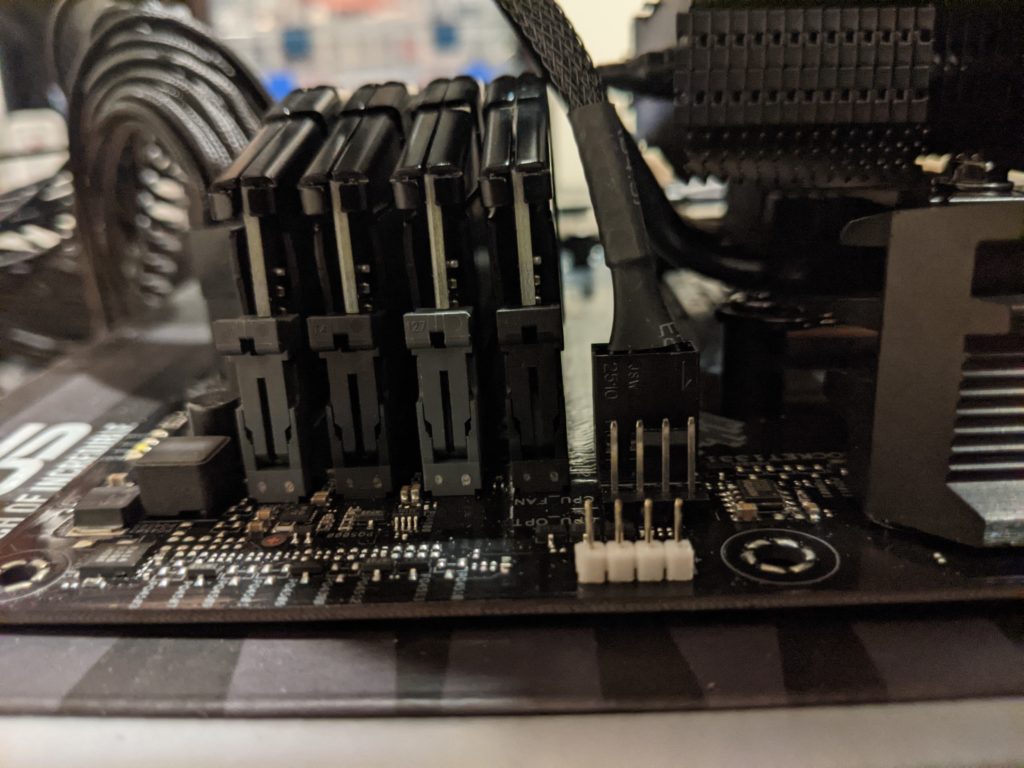
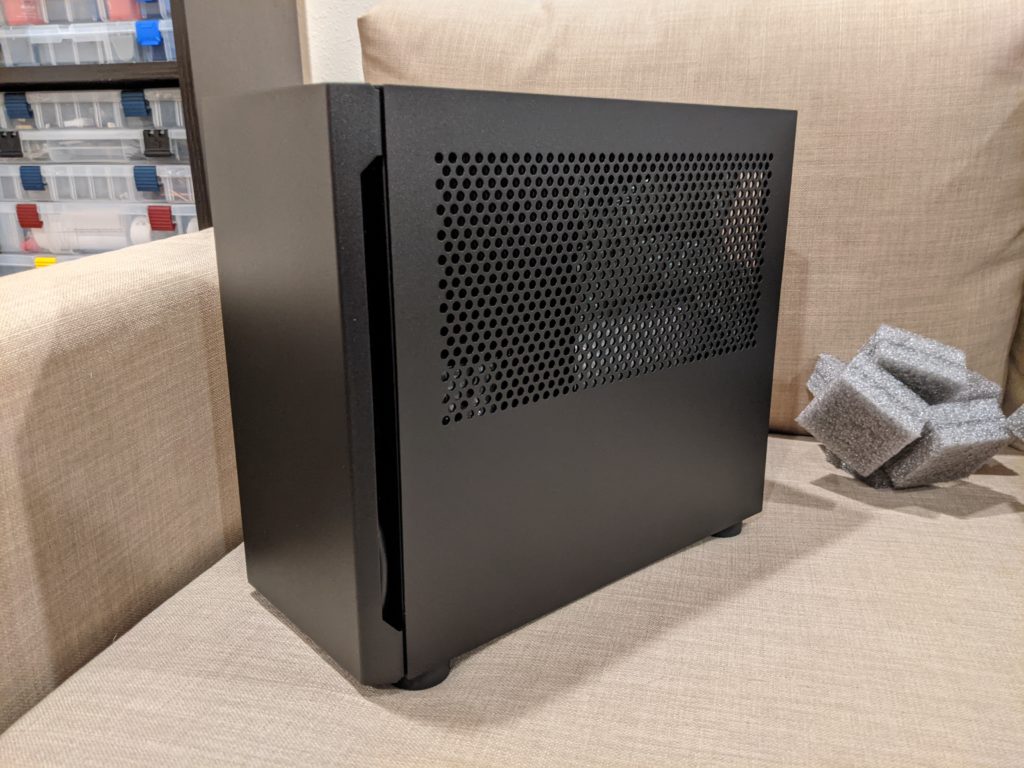
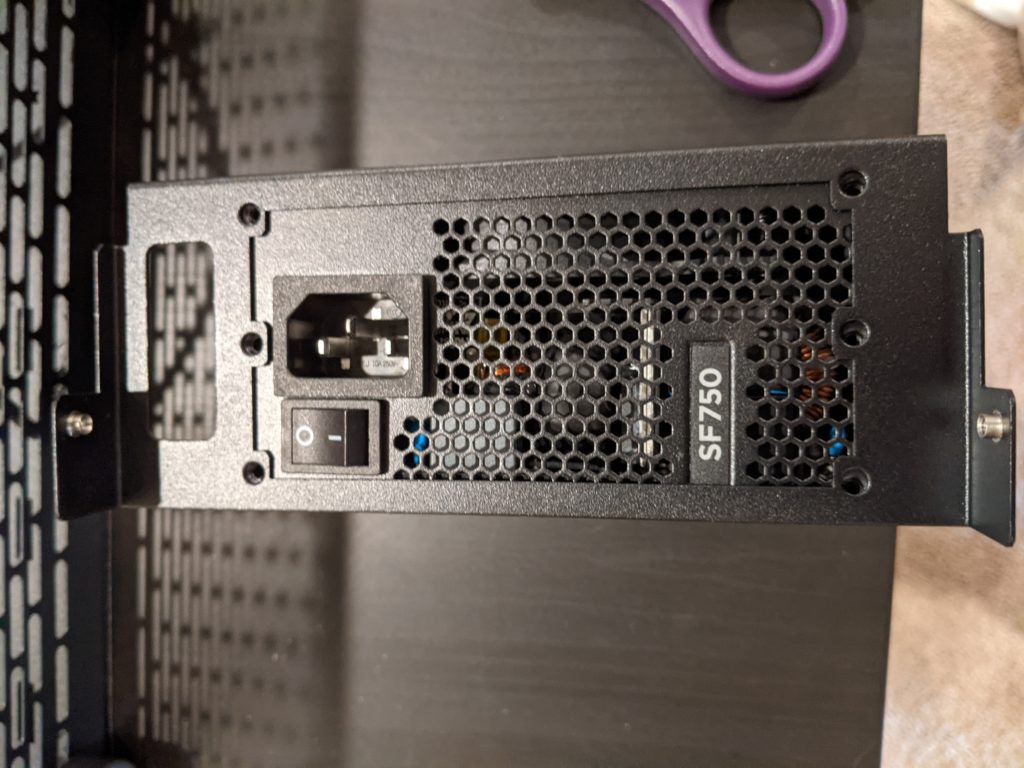
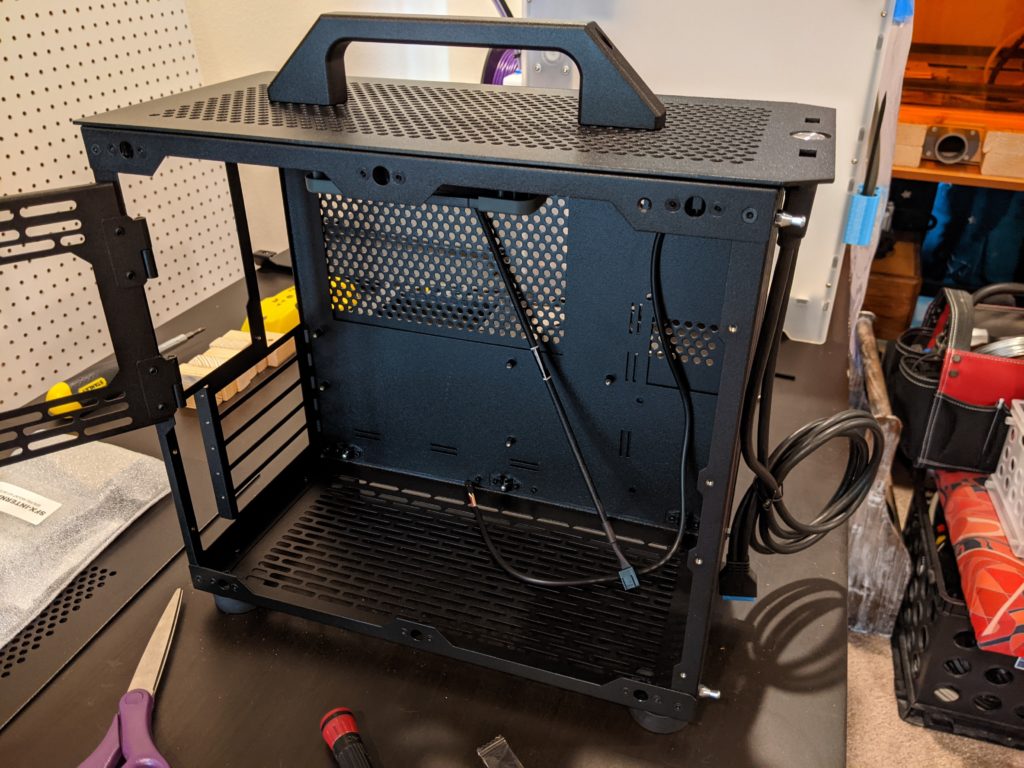
After installing the top fan and trying to install the motherboard, I noticed a glaring oversight on my part. The fan I installed was too thick for that position, even the manual mentioned this, so off to buy a new fan, and install this fan in the bottom under the air intake for the GPU.
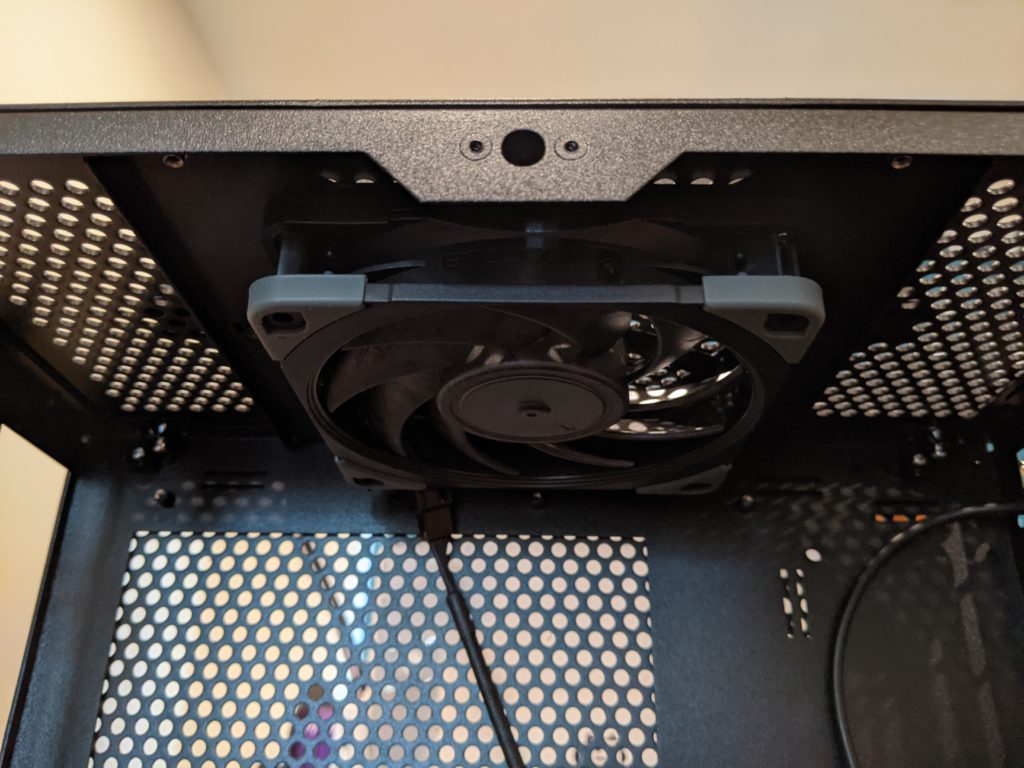


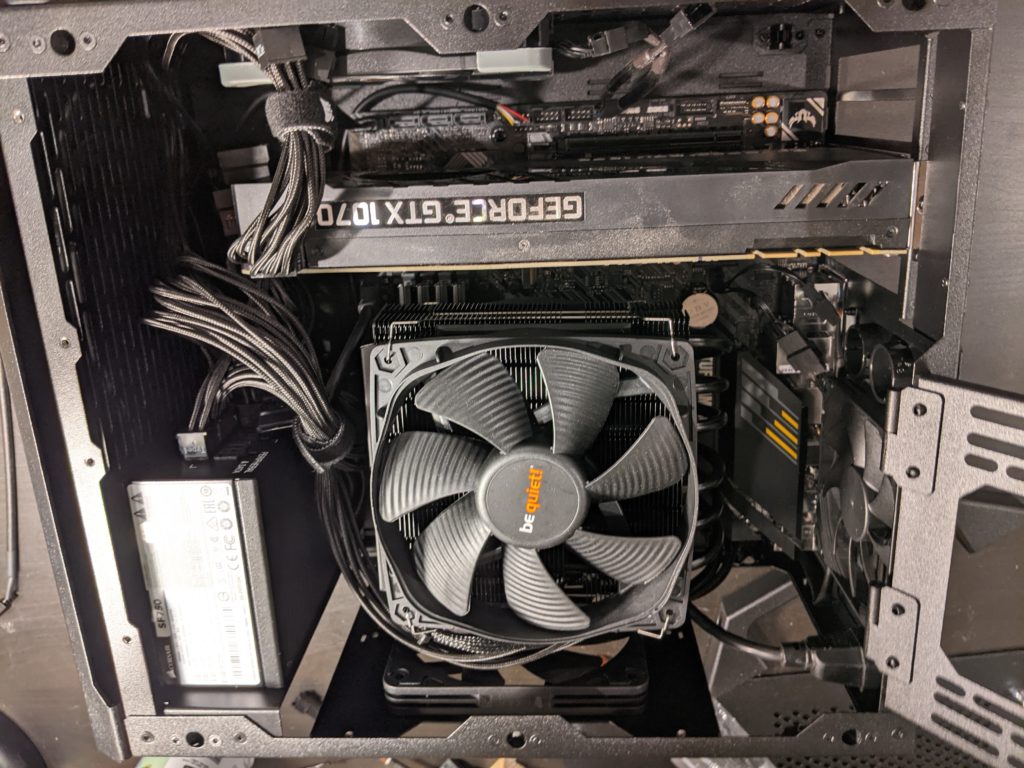
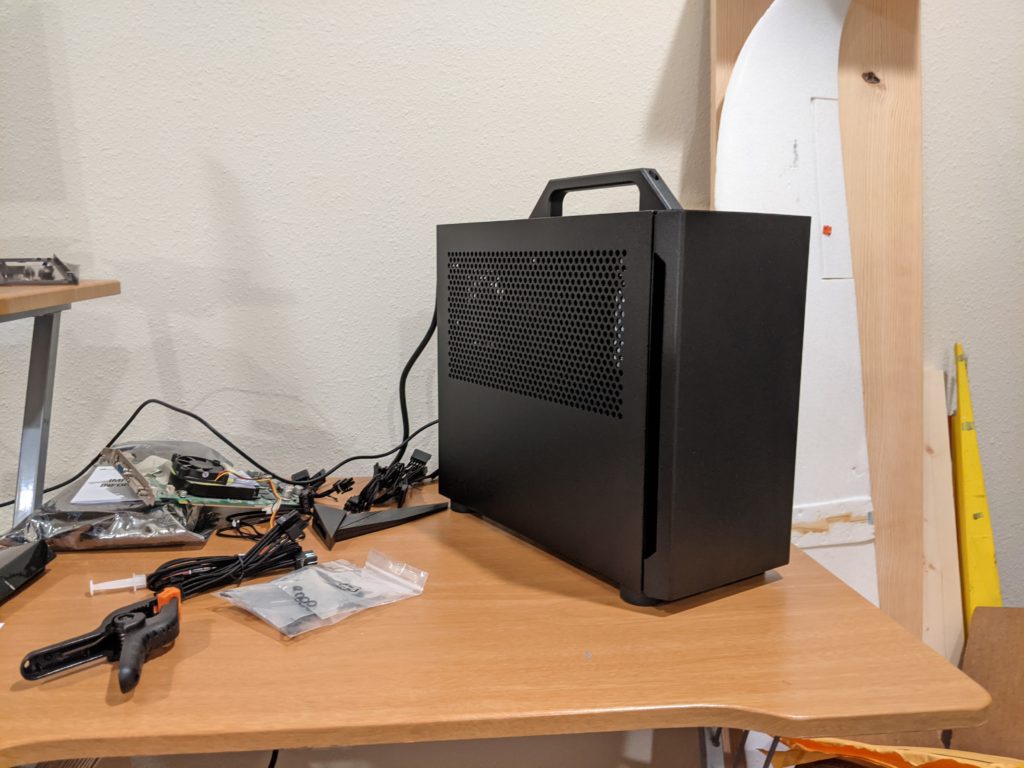
The Sliger Cerberus wasn’t too hard to work in despite its small size. Its my first time building in an SFF case even with it being on the larger side of the SFF spectrum. Its 20L is still far smaller than the 60L of my last desktop. The performance (cinebench 13123) is much better than my old machine (cinebench 3311) with a slight uptick in temperatures (its hard to beat the NH-D15 on temps, but it just doesn’t fit in the new case).

